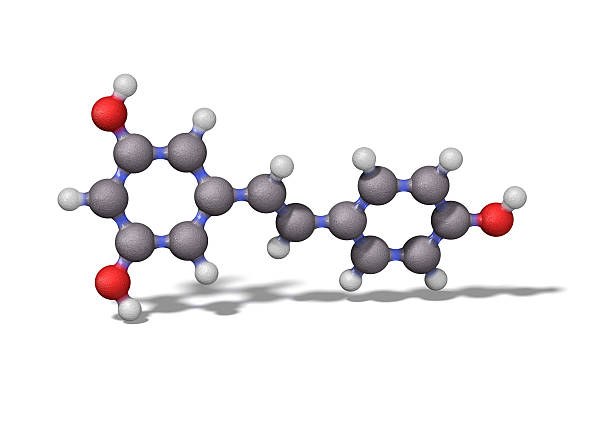Why Should I Get A Yellow Card?

Workplace Health and Safety Regulations (also known as Occupational Health and Safety in WA and VIC) state that employers and businesses must provide a safe work environment for their employees, contractors, and visitors under the work health and safety laws.
Employers and businesses must care for employees.
- Maintain a safe workplace
- Maintain safe structures and plants
- Safe work systems must be maintained
- Instruction, training, information, and supervision
- Monitoring the health and working conditions of employees
According to the WHS Regulations, plant equipment operators must undergo activity-based training and instruction. Written proof of competence is required to prove that verbal instruction is effective.
What’s The “Yellow Card?”?
EWPA’s Operator Training Program, also known as “Yellow Card,” was developed by the EWPA in collaboration with the industry to ensure compliance with OHS/WHS/OSH Acts. This Yellow Card program is designed to train Yellow Card holders in the safe operation
The EWPA Yellow Card documents this training. The Yellow Card Program’s overall purpose is to help operators, employers, and equipment owners comply more with the WHS/OHS/OSH Regulation.
Safety and health regulations have been established to protect workers at work. EWPA’s Yellow Card is an industry-specific training program that helps to create a safer workplace.
What Does It Mean?
The Yellow Card proves that you have completed training in one or more types of MEWPs. Many training modules cover the different types of MEWPs.
- Vertical Lift (VL)
- Scissor Lift (SL)
- Boom Lift Self-Propelled (BL)
- Trailer Lift (TL)
- Truck Mounted Lift (TM)
- Advanced Boom (AB)
These are all MEWPs. However, each one has its unique use and safe operation. Therefore, separate training modules must be completed.
After completing the EWPA yellow card, the operator receives a photo ID license. Their license details are also added to the EWPA online database, which can be used to verify the validity.
What Are The Alternatives To Yellow Card?
The EWPA Yellow Card is an Association method of helping the industry comply with EWP training regulations, is what the Association uses. There are other methods, such as in-house training programs or user-specific programs. All programs must include a structured training program, such as a workplace trainer/assessor, delivered by a competent person. The training content must meet or exceed the Australian Standard 2550.10 and the manufacturer’s safe operating procedure.
The EWPA Yellow card is an audited, structured course that Accredited Trainers teach. Industry stakeholders, including trainers, manufacturers, and technical consultants, regularly review the course, which is widely accepted and recognized by the industry. The Yellow Card Training Program helps you comply with all requirements for operating MEWPs in Australia.
What Happens If I Do Something To Protect My Site?
Neglecting the Act and Regulations could result in heavy fines and even imprisonment. Everyone has a responsibility to ensure safety and health at work.
How Does The Yellow Card’s High-Risk Work License (WP Class) Fit With The Yellow Card?
Each State and Territory WHS/OHS/OSH Regulatory Authority (Safe Work/Work Safe) regulates High-Risk Work (HRW). You must have a valid HRW Licence (WP) if you operate a MEWP with a boom length of more than 11 meters (self-propelled or truck-mounted).
Any MEWP operator not in the High-Risk Work Category (scissor lifts, vertical lifts, boom lifts below 11m) should be provided with adequate training and information about the proper use of this type of MEWP. You can do this by completing the Yellow Card Module.
In certain cases, you may require a Yellow Card and a High-Risk Work License. E.g., you are allowed to operate any height scissor lift and any boom lift above 11m.
In Summary
OHS and WHS Acts and Regulations have been established to protect workers, visitors, and contractors at all workplaces. EWPA Operator Licence (Yellow Card), an industry initiative, helps to create a safe environment for work. It meets all requirements for operating MEWPs in Australia and is well-structured, regularly reviewed, and widely recognized.



